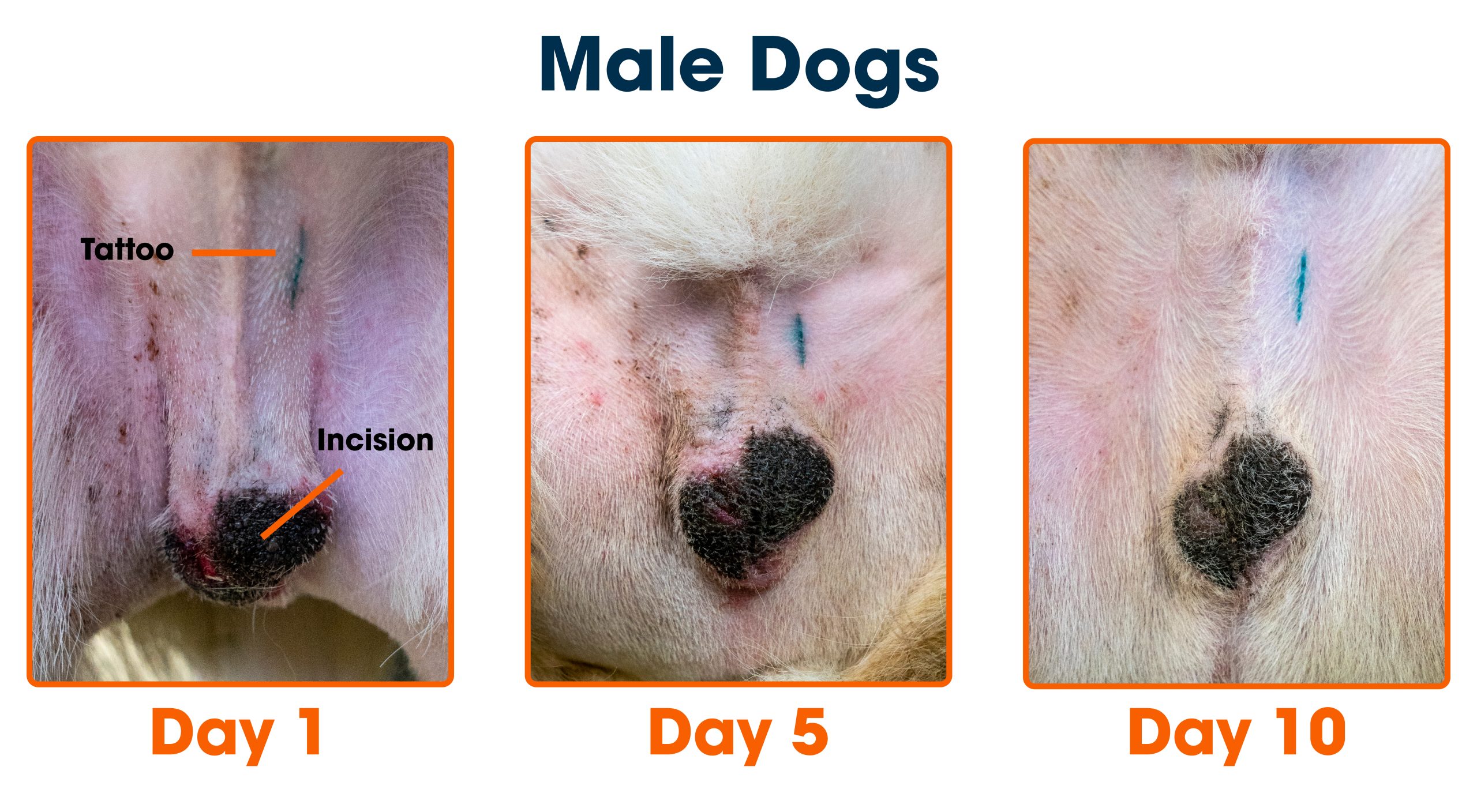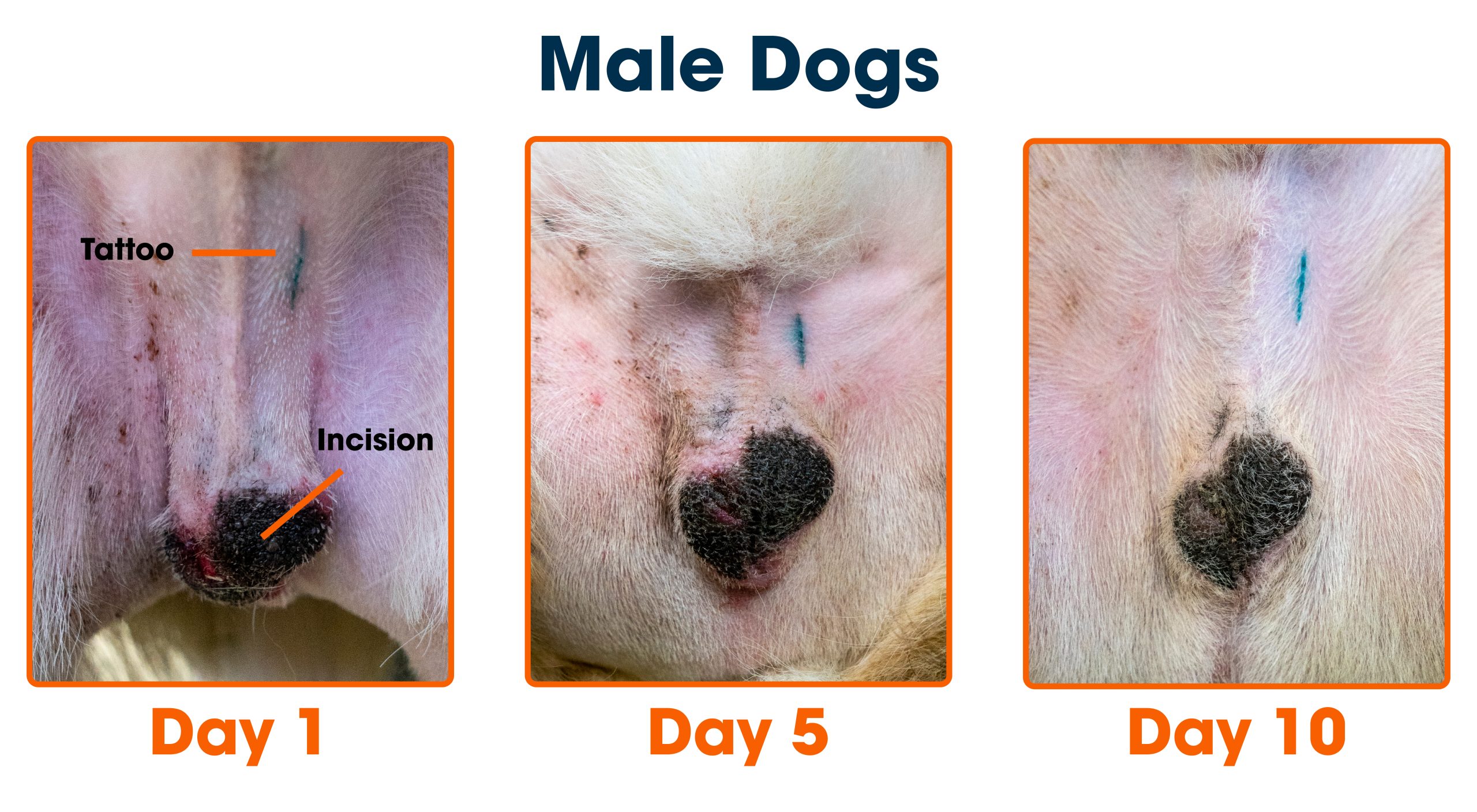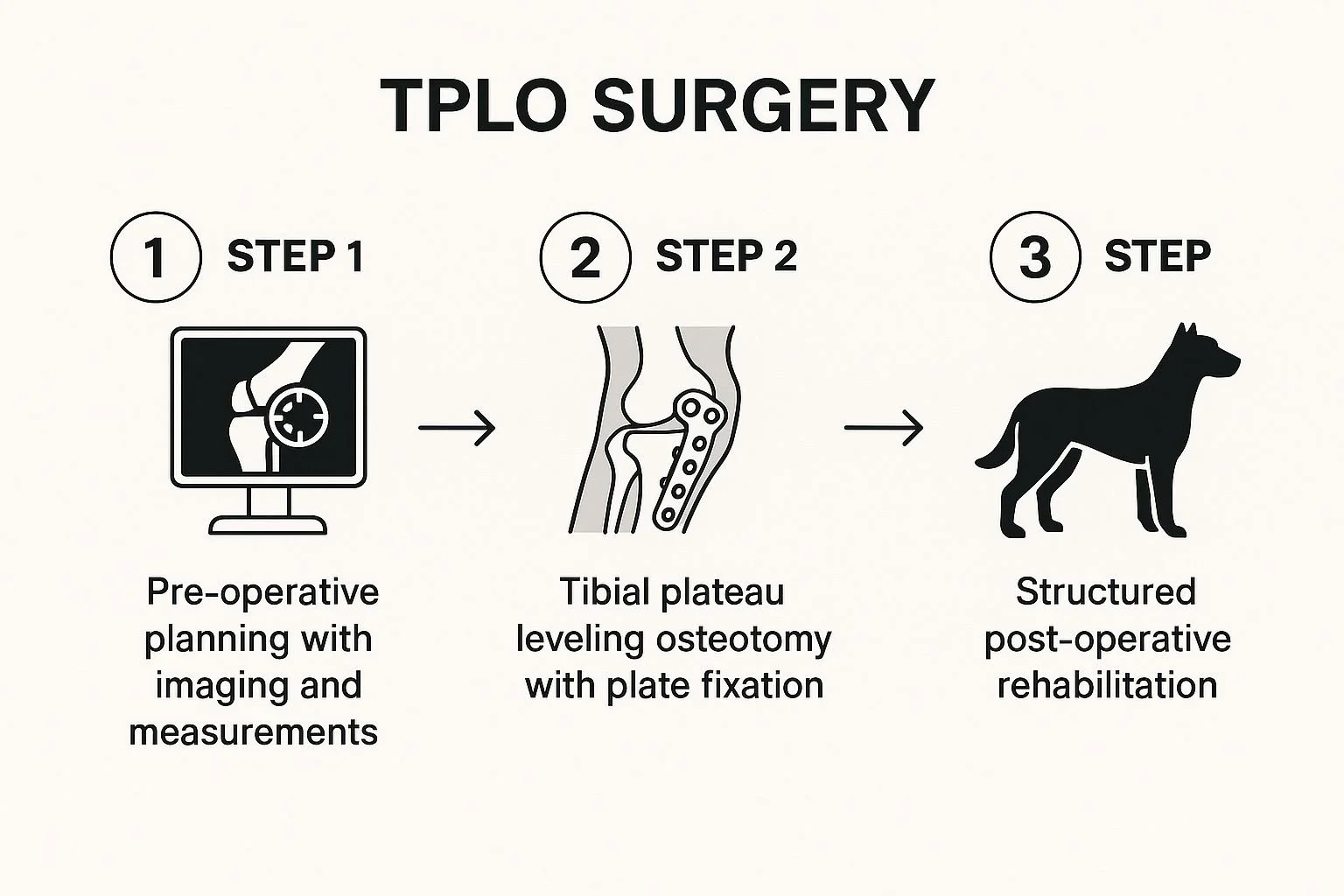If you’ve ever faced the heartbreaking decision to say goodbye to your dog, you might wonder, “What do vets give dogs to put them down?” It’s a tough topic, but understanding what happens can help ease your fears and prepare you for this difficult moment. You’ll learn exactly what medications vets use and how the process works to ensure your dog feels no pain or fear.
Knowing these details can bring you comfort and clarity when it matters most. Keep reading to find out what really happens behind the scenes.
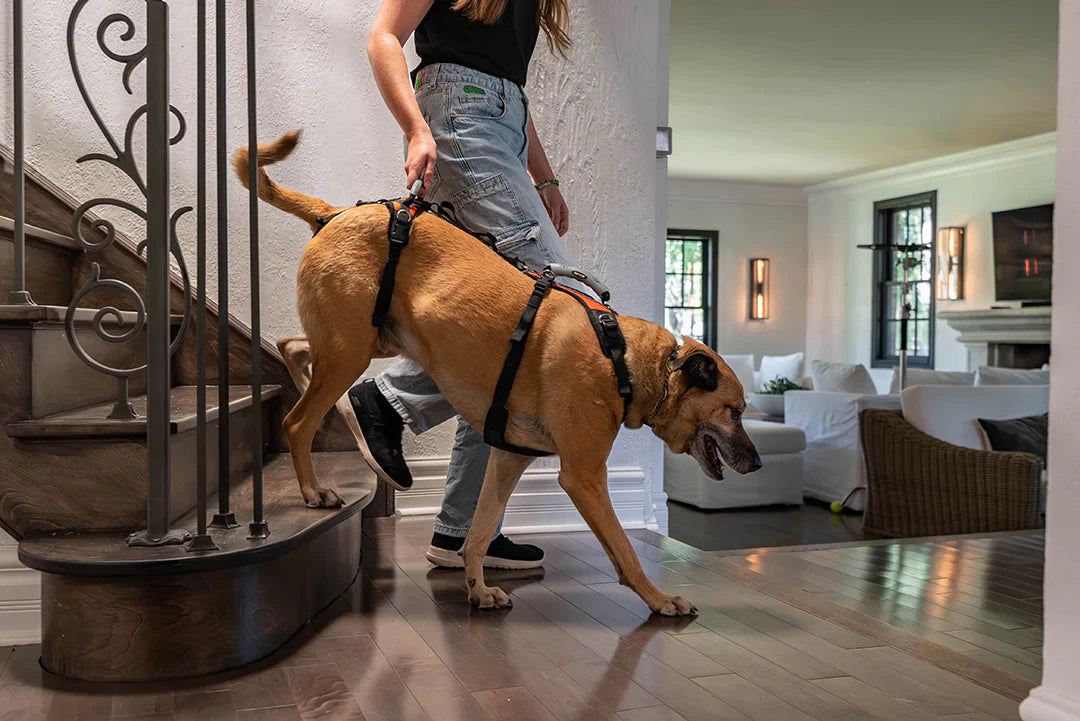
Credit: walkinpets.com
Common Euthanasia Drugs
Understanding the common euthanasia drugs used by veterinarians can help you feel more informed and prepared during such a difficult time. These medications are carefully chosen to ensure the process is as peaceful and painless as possible for your dog. Knowing what is involved might ease some of the uncertainty you may have.
Pentobarbital Use
Pentobarbital is the primary drug vets use to humanely euthanize dogs. It acts quickly to induce unconsciousness and then stops the heart and breathing. This drug is highly effective and has been the standard choice for decades due to its reliability and safety.
Veterinarians administer pentobarbital intravenously, which means the injection goes directly into a vein. This allows the drug to work rapidly, usually within seconds. Many pet owners are surprised at how peaceful and gentle the process appears.
How Drugs Work
The euthanasia drugs work by first calming the dog deeply, similar to anesthesia. This ensures your dog doesn’t feel pain or distress. After this, the drugs cause the heart and breathing to stop quietly and painlessly.
Have you ever wondered what happens inside the body during euthanasia? The drugs target the central nervous system, slowing brain activity until it stops. This is why your dog drifts off calmly without any struggle or discomfort.
Safety And Dosage
Veterinarians calculate the dosage of euthanasia drugs based on your dog’s size, health, and species. This precision ensures the drug works effectively without causing unnecessary side effects. Safety is a top priority throughout the process.
Because pentobarbital acts so quickly, the risk of complications is very low. Vets are trained to monitor your dog closely to confirm the process goes smoothly. If you want, you can even be present to provide comfort during this final moment.
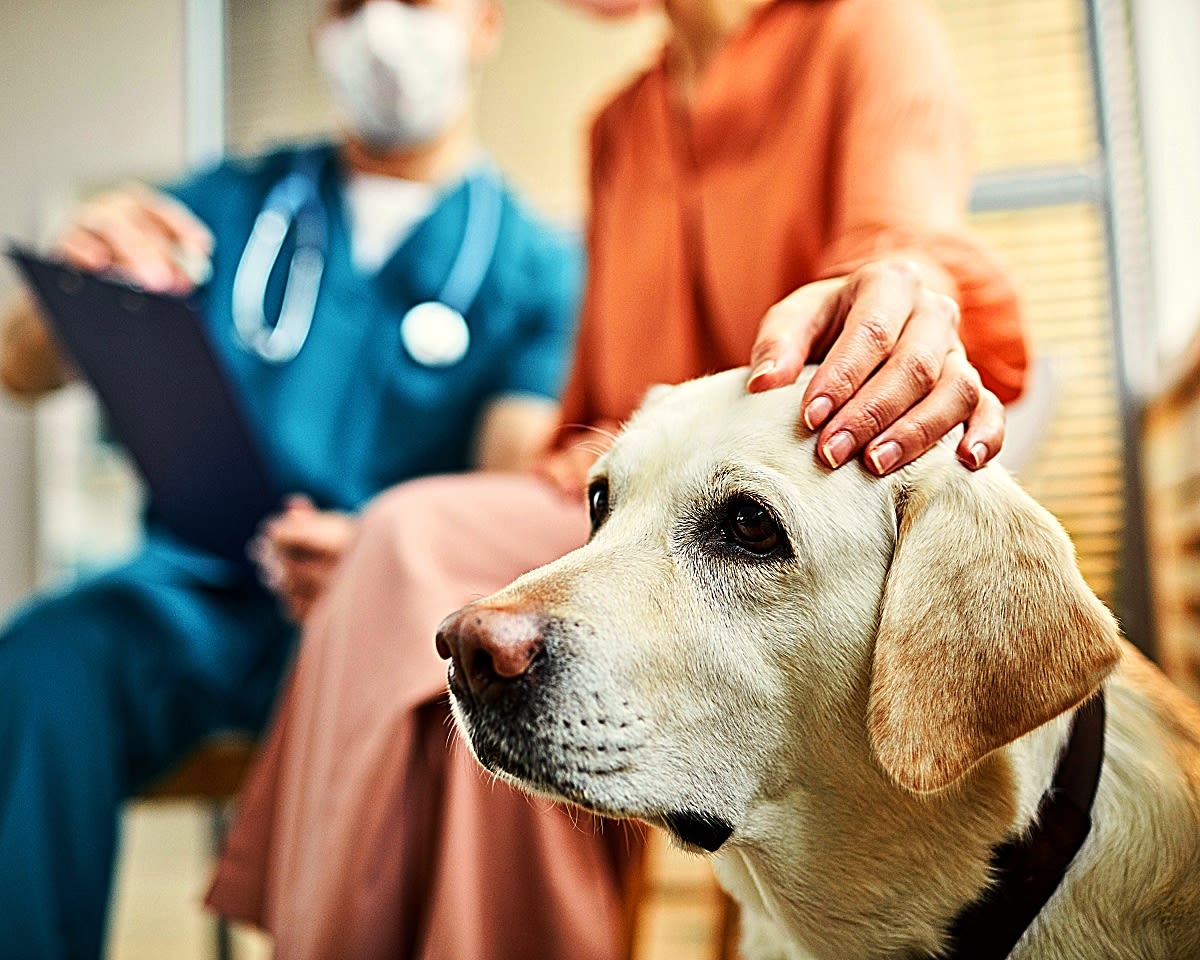
Credit: pethelpful.com
The Euthanasia Process
The euthanasia process is a gentle and careful procedure designed to end a dog’s life peacefully. It allows pets to pass without pain or distress. Veterinarians follow specific steps to ensure comfort and dignity for the animal and support for the owner.
Preparation Steps
Before euthanasia, the vet examines the dog’s health. They explain the process clearly to the owner. A quiet and calm environment is prepared to reduce stress. Sometimes, mild sedation is given to relax the dog. Owners are encouraged to stay close and comfort their pet during this time.
Administration Methods
Vets most often use an injection of a special drug to end the dog’s life. This drug is called an overdose of anesthetic. It works quickly to stop the heart and brain activity painlessly. The injection is usually given into a vein. In some cases, other routes like the muscle are used if veins are hard to find.
What Happens During
Once the injection is given, the dog quickly loses consciousness. Breathing slows down and then stops peacefully. The heart stops beating shortly after. The vet checks vital signs to confirm death has occurred. The whole process usually takes only a few minutes. The dog feels no pain and passes with calmness and dignity.
Humane Alternatives
Facing the decision to say goodbye to a beloved dog is heart-wrenching. Fortunately, vets offer several humane alternatives that prioritize comfort and dignity in your pet’s final moments. Understanding these options can help you feel more in control and compassionate during this difficult time.
Sedation Before Euthanasia
Vets often use sedation to calm dogs before the actual euthanasia procedure. This step helps reduce anxiety and pain, making the experience peaceful for your pet. You might be surprised how much sedation eases stress—not just for your dog but also for you as you witness their calm transition.
Imagine your dog resting quietly, free from fear, as their body relaxes completely. Sedation can be given through an injection or orally, depending on what suits your dog best. It’s a gentle pause before the final step, giving your dog a moment of peace.
Natural End-of-life Care
Some owners choose to focus on natural end-of-life care to keep their dogs comfortable without rushing to euthanasia. This approach includes providing warmth, favorite foods, and gentle touch to ease your dog’s final days. Have you noticed how your dog’s favorite blanket or spot in the sun can bring them comfort?
Natural care also means monitoring pain closely and adjusting your dog’s environment to minimize stress. While this path requires patience, it can strengthen the bond you share and create meaningful last memories. It’s about letting nature take its course with your loving support.
Palliative Options
Palliative care focuses on relieving pain and symptoms without curing the underlying illness. Vets can prescribe medications like painkillers or anti-inflammatories to improve your dog’s quality of life. This approach allows your dog to enjoy their time with less discomfort.
Think about palliative care as a way to add good moments despite illness. It’s a practical choice when you want to extend comfort without aggressive treatments. Have you discussed with your vet how these options might fit your dog’s unique needs?
Veterinarian Role And Ethics
The role of veterinarians in euthanizing dogs is deeply rooted in both medical responsibility and ethical considerations. Vets are entrusted with the delicate task of ending a pet’s suffering while respecting the emotional bonds owners share with their animals. Their decisions are guided by compassion, professionalism, and a commitment to do what is best for the dog’s welfare.
Decision Making
Veterinarians assess a dog’s health condition carefully before deciding on euthanasia. They consider factors like chronic pain, incurable illness, and quality of life. This decision is not taken lightly; vets balance medical facts with the emotional impact on the family.
Sometimes, vets face tough choices when the situation is not clear-cut. They rely on experience and medical evidence but also listen closely to the owners’ observations. Would you feel comfortable discussing all your concerns openly with your vet?
Communication With Owners
Clear and honest communication is essential during this process. Vets explain the euthanasia procedure, what to expect, and answer any questions owners have. This transparency helps reduce fear and confusion.
Good vets also provide emotional support, recognizing that saying goodbye to a pet is heartbreaking. They may offer resources like counseling or support groups. How might a vet’s sensitivity affect your experience during such a difficult time?
Legal Considerations
Veterinarians must follow strict laws and regulations when performing euthanasia. These rules ensure the procedure is humane and only done with proper consent. It protects both the pet’s welfare and the vet’s professional integrity.
Each state or country may have different legal requirements, including documentation and methods allowed. Understanding these laws helps you know what to expect and ensures your dog’s passing is handled respectfully and legally.
Aftercare For Pets
After a pet is peacefully put to rest, caring for their remains is an important step. Proper aftercare honors the pet’s memory and helps owners find closure. It involves handling the remains with respect, choosing memorial options, and seeking emotional support. These steps provide comfort during a difficult time and show love for the pet.
Handling Remains
Vets usually provide guidance on what to do with your pet’s remains. You can choose burial or cremation, depending on local laws and personal wishes. Many clinics offer cremation services with options to keep ashes. If you prefer burial, select a safe and legal spot at home or a pet cemetery.
- Ask the vet about pickup or delivery of ashes.
- Use a suitable container for transportation or burial.
- Follow local regulations for pet burial to avoid issues.
Memorial Options
Memorials help celebrate your pet’s life. Some families create special photo albums or keepsake boxes. Others plant a tree or garden in memory of their dog. Personalized items like engraved stones or collars offer lasting tributes. These acts honor your pet and keep their spirit close.
- Create a memory box with toys, photos, and tags.
- Plant flowers or trees where your pet loved to rest.
- Use custom urns or stones with your pet’s name.
Support For Owners
Losing a pet brings strong emotions. Talking to friends or family eases the pain. Many vets recommend pet loss support groups or counselors. Sharing memories helps in healing. Remember, grief is normal and takes time to fade.
- Reach out to pet loss hotlines or online communities.
- Consider professional help if grief feels overwhelming.
- Allow yourself time to mourn and remember your pet.

Credit: pethelpful.com
Frequently Asked Questions
What Medication Do Vets Use To Euthanize Dogs?
Vets commonly use sodium pentobarbital to euthanize dogs. It is a fast-acting barbiturate that quickly induces unconsciousness and stops the heart painlessly.
Is Euthanasia Medication Safe And Humane For Dogs?
Yes, euthanasia drugs are designed to be safe and humane. They cause a painless, peaceful passing without distress or suffering for dogs.
How Is The Euthanasia Drug Administered To Dogs?
The euthanasia drug is usually given through an intravenous injection. This method ensures quick absorption and a rapid, peaceful end for the dog.
Can Owners Be Present During Dog Euthanasia?
Most vets allow owners to stay with their dogs during euthanasia. Being present can provide comfort and closure for both the pet and owner.
Conclusion
Euthanasia drugs help pets pass away peacefully and without pain. Vets use medicines that work fast and gently. This choice is hard but shows love and care. Knowing what vets give can ease your worries. Every pet deserves kindness in their final moments.
Trust your vet to do what’s best for your dog. Saying goodbye is never easy, but comfort matters most.

